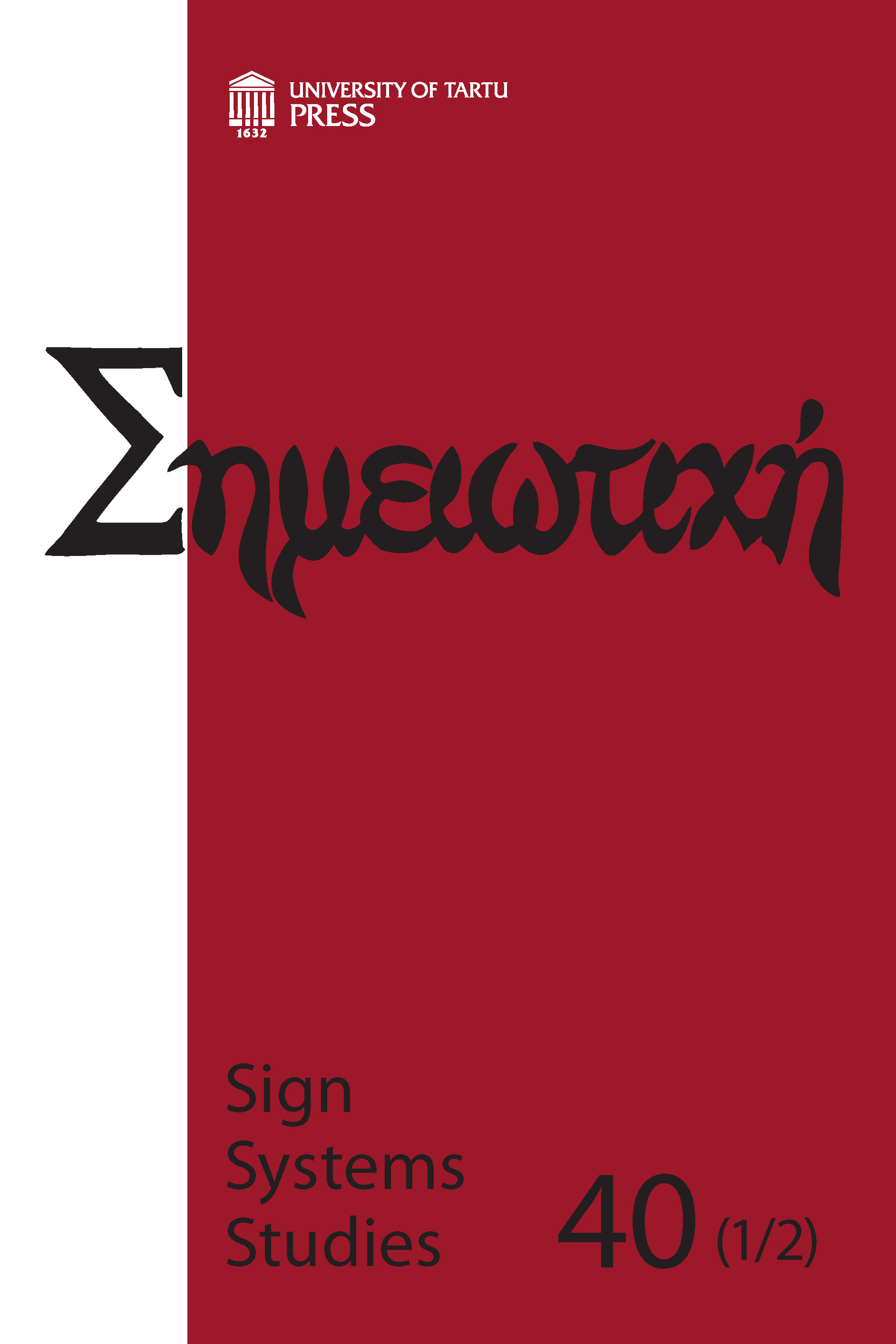The derivatives of hexameter in Estonian poetry and their link with the traditional hexameter
DOI:
https://doi.org/10.12697/SSS.2012.1-2.06Abstract
The sources of the theory of the Estonian hexameter can be traced back to 17th century Germany, where the long syllables of ancient hexameter were replaced with stressed ones, and short syllables with unstressed ones. Although such understanding is clearly inadequate, to a great extent it still holds ground in contemporary approaches. Hexameter, like any other verse metre, can be treated from two angles. First, as an abstract scheme which is realized in different texts, while the degree of realization can vary. Second, hexameter can be viewed as a prototype and actual texts create a certain space further from or closer to the prototype. In both cases questions arise, first, about the limits of hexameter, and second, whether a given text has features of a random hexameter or reflects the author's conscious intent.Downloads
Download data is not yet available.
Downloads
Published
2012-09-01
How to Cite
Lotman, M.-K., & Lotman, M. (2012). The derivatives of hexameter in Estonian poetry and their link with the traditional hexameter. Sign Systems Studies, 40(1/2), 94–120. https://doi.org/10.12697/SSS.2012.1-2.06
Issue
Section
Articles


